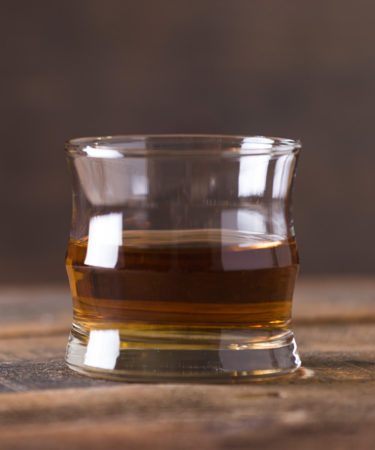In the Old West (we’re guessing), if a bartender tried to water down your whiskey, you’d probably hoist him onto the bar before shoving his head through a cartoonishly thin wooden wall. (That was basically the bad Yelp review of the Wild West.) But if you’re drinking bourbon, chances are you’re drinking a whiskey that’s been intentionally, and even aggressively, watered down.
Don’t call the Better Bourbon Business Bureau just yet. America’s favorite whiskey’s been watered down for a long time now, watered down by professionals who are religiously respectful of the many legal standards that corral bourbon production into a de facto quality product. Among those standards, a 40% ABV minimum, which is generally abided by, give or take (really “give”) a few percentage points, with many in the mid-40% ABV range. In fact, we really only started tasting bourbon without added water in the late 20th century, when Booker Noe (a grandson of one Jim Beam) decided to harken back to the early days of bourbon distribution. See, back in the day, bourbon was taken straight from the barrel upon purchase; Noe wanted to recreate that style, bringing about a slow but now steadily burning passion for barrel strength bourbon.
Before you buy a bottle and celebrate high-test early American whiskey, a few things to know. Barrel strength (aka “barrel proof” aka “cask strength”) bourbons will be “hotter” in terms of aggressiveness of alcohol. A good barrel proof bourbon should balance this out, but even the best barrel strength bourbons might need a minute or five to chill out in the glass while volatile alcohol burns its way out into the air (and not up your nostrils). This also means barrel strength bourbon is a good contender for ice or a dash of water, depending on your ability or desire to consume high- proof liquor, albeit heavily nuanced and generously flavorful high-proof liquor. Oh, and last but not least, given the fact that barrel strength bourbon isn’t watered down, it’s gonna cost you considerably more than a typical bottle. On the other hand, you’ll probably end up drinking it a hell of a lot more slowly. Or else passing out before you can buy another bottle.
Stagg Jr. Barrel Proof Straight Bourbon Whiskey
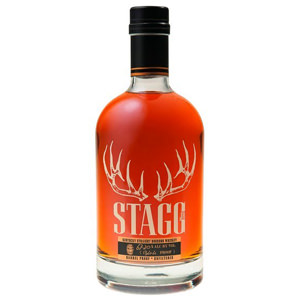
Named after one of the heroes of bourbon (which is common, as you’ll see) this is where to go if you like the “hot” end of barrel proof whiskey. Not to say its bereft of flavor; you’ll get notes of just-burned caramel and rich chocolate, with brighter points of citrus and rosy peppercorn, plenty of complexity after what’s typically a decade of aging. But the punch here comes in at almost 135 proof, or 67.5% ABV, so you may want to pour it over an ice cube and give it a minute to relax before diving into for your first powerful sip.
Bulleit Barrel Strength Bourbon
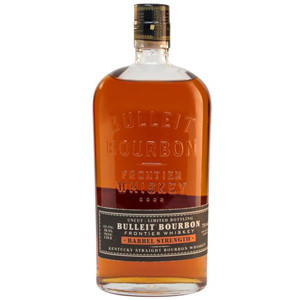
What you’re used to in the classic Bulleit is turned up here, to 11, and for a very good cause. Gentler notes of vanilla and caramel get an aggressive goose from strong oaky spice, pepper and honeyed toffee that sits wonderfully longer while the heat burns away.
Booker’s True Barrel Bourbon
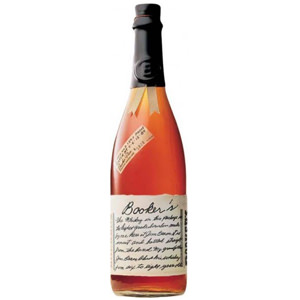
As we mentioned Jim Beam master distiller Booker Noe was actually the guy who re-popularized the barrel proof style. No surprise, his signature barrel proof bottling is a good starting point for the style. In the high-120s for proof, it blooms warmly but not too aggressively out of the glass, with a bit more oak and sweet barrel char overlaying some dark chewy fruit, vanilla toffee, and soft chocolate notes. Plus, yeah, a very cool bourbon bottle.
Wild Turkey Rare Breed Barrel Proof Bourbon
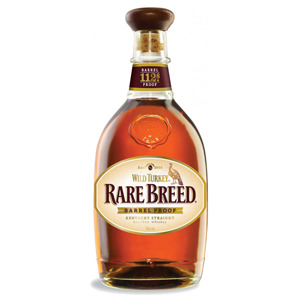
Going even lower in the barrel proof proof, you’ll get a bourbon like Rare Breed, which is still husky at a respectable 56% ABV. There’s a good balance here between alcohol and flavor profile, with enough nuts and citrus notes for a Christmas fruitcake. Not that you’ll get anything sugary; toffee char notes have layers of tobacco and spice, with that drying citrus and even some menthol cleansing the palate.
Elijah Craig Barrel Proof
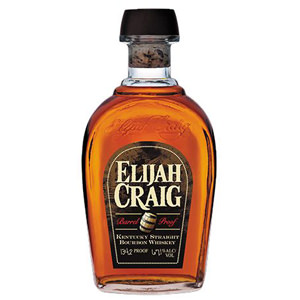
Since it’s limited release, this one might be a bit more expensive depending on when you find it. The proofs vary and have gotten as high as 140, although generally speaking the alcohol is masked by drying oak and pervasive spice. There’s also a balancing caramel fruit sweetness that rides in on the surprisingly thick mouth feel, eventually leaned out by yet more heat and oaky spice.
Colonel E. H. Taylor Barrel Proof Bourbon
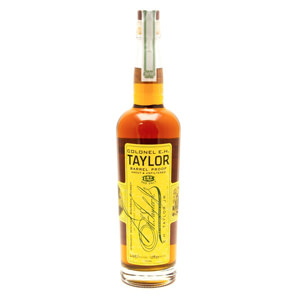
Another bourbon named for another forefather of the bourbon industry, and another splurge at an average of $100. You’ll get plenty for your money, from the nose to the palate, all of which comes at you with more of a boxing- than kid-gloves-touch. Not that it’s clumsy, just hot and broad with red-fruit skins, coffee, and spice notes that dig into a slow but persistent — and pleasant — burn.
Old Granddad 114 Barrel Proof Kentucky Straight Bourbon
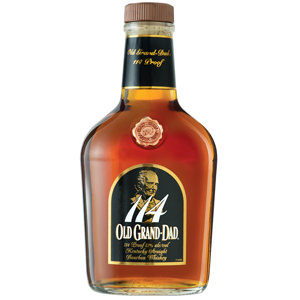
Basically at the opposite end of the spectrum, with a lighter and maybe less complex, but markedly more affordable, barrel proof offering. Fortunately there’s enough rye spice to keep the alcohol from scorching too hot on its own. Light red-fruit and citrus notes dangle above light caramel, with a dry, herb-flecked woodiness that fits the overall lighter profile.
Four Roses Private Selection Single Barrel Strength
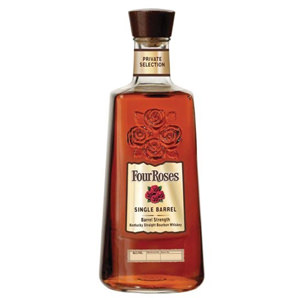
This is a barrel proof that kind of splits the difference in age and price, ringing in at about 10 years and $70 or so per bottle. Again, barrel proof bottlings will vary from year to year, but you can expect a moderately high ABV that doesn’t blow out your palate, which should enjoy some sweet vanilla notes laced with cool herbs and a hit of citrus and florals before the onrush of caramel-coated fruit. Share it with your friends. Your good friends.
